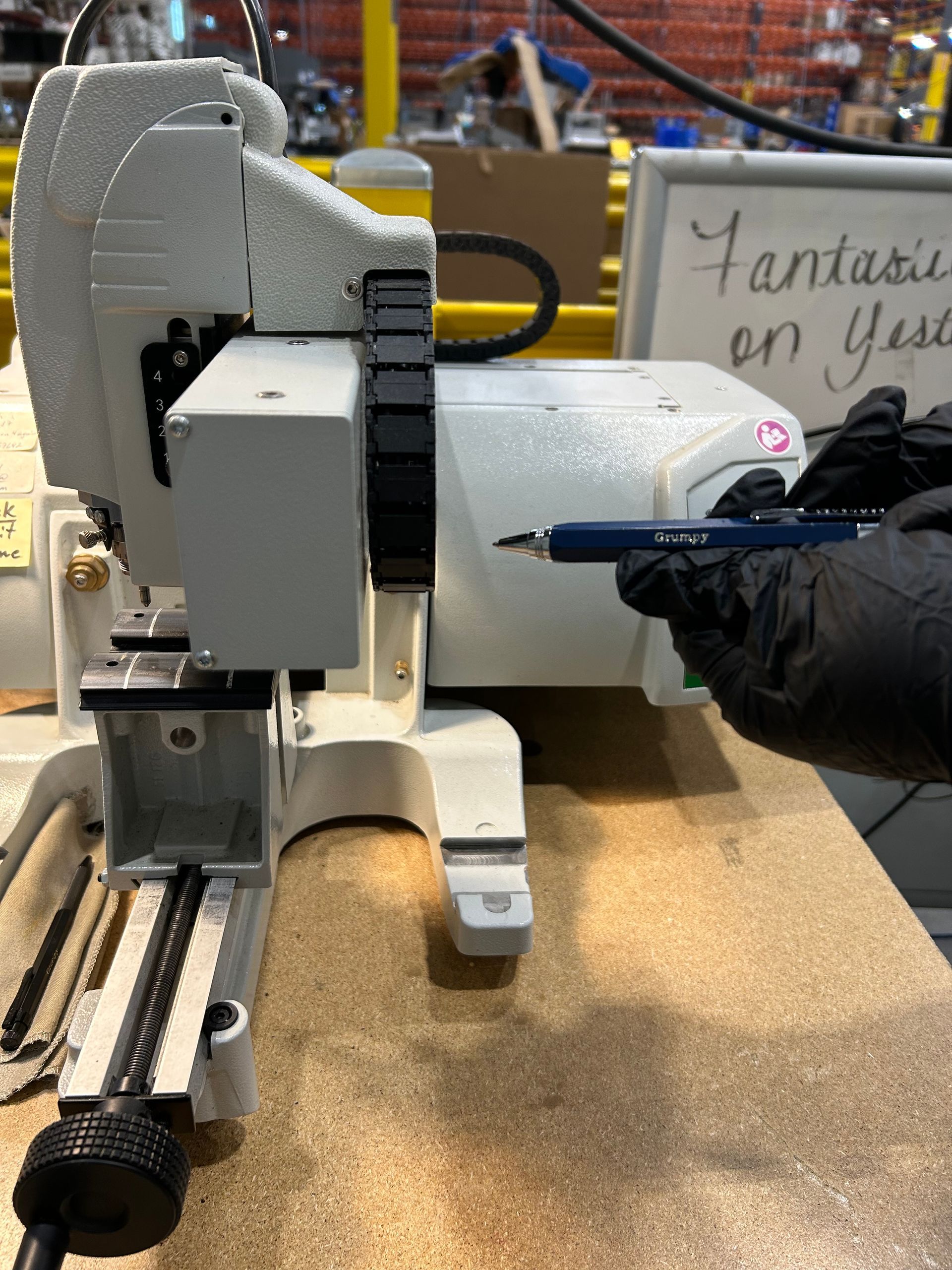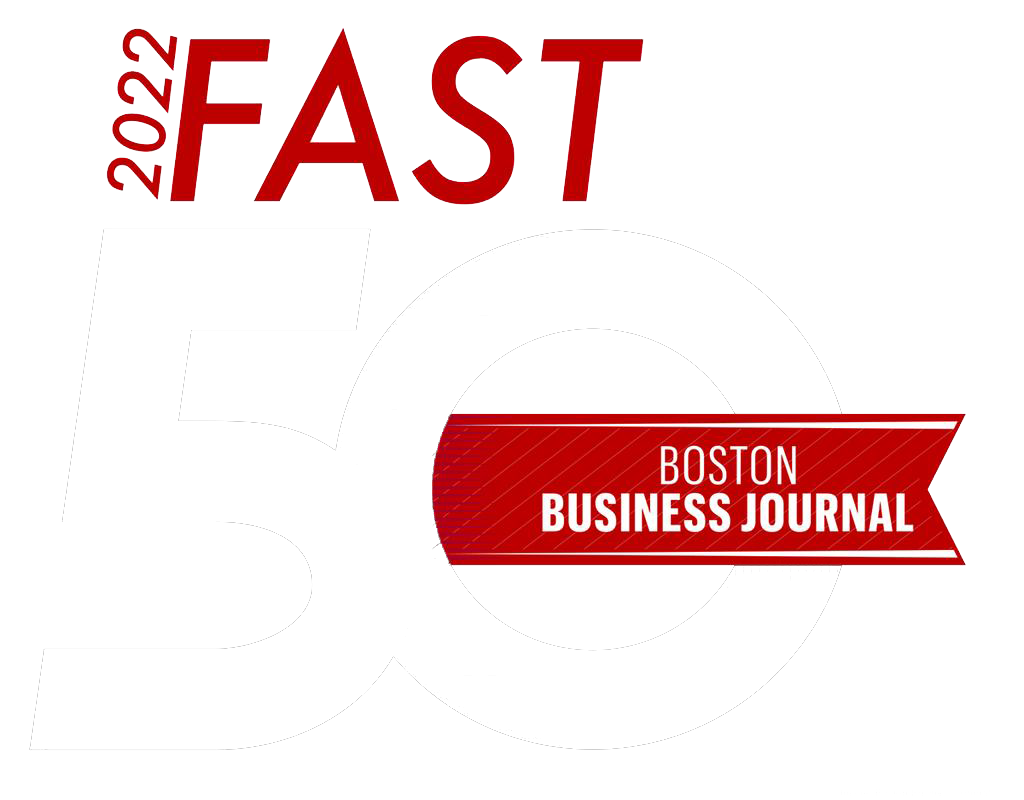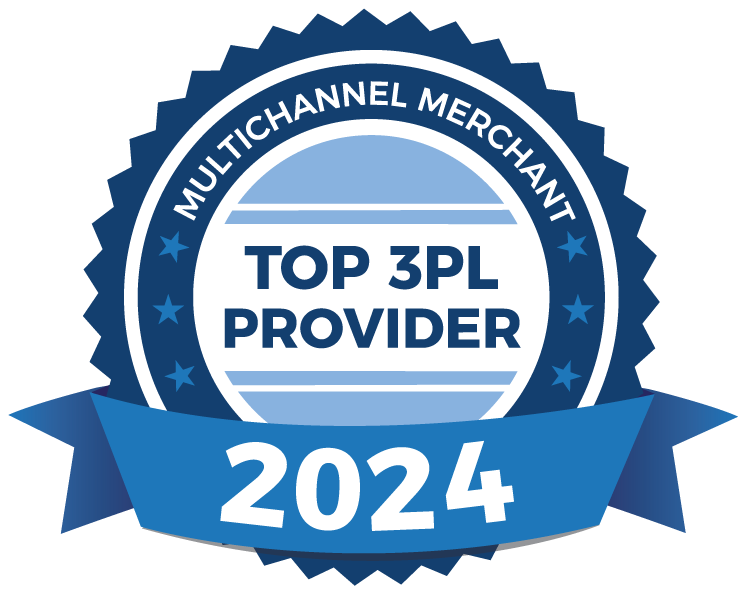Kitting 101: How Strategic Bundling Can Boost Sales and Customer Loyalty in E-commerce
Retailers and brands are using this one strategy to boost customer retention—are you?
Kitting goes beyond bundling products. It’s about crafting curated experiences that delight customers, just like opening the perfect gift on Christmas morning. Whether it’s a fitness starter bundle or a self-care collection, kitting has evolved into a valuable way for brands to create engaging, convenient shopping experiences that drive loyalty and revenue.
But what makes kitting such a game-changer? Picture a customer unboxing a wellness kit complete with everything needed for a cozy winter reset or a fitness enthusiast receiving a perfectly assembled set of gear to jumpstart their training—all without having to shop for each piece separately.
This blend of smart product selection and efficient packaging allows businesses to enhance customer satisfaction, boost sales and strengthen brand identity.
Understanding Kitting
At its core, kitting combines multiple products into a single packaged offering, creating a cohesive experience for the consumer. These bundles range from simple pairings of complementary items to elaborate themed collections designed to tell a story or highlight exclusive collaborations. In retail and e-commerce, kitting is a strategic tool for increasing perceived value, differentiating from competitors and delivering a memorable shopping experience.
Different Approaches to Kitting
Kitting can be executed in several ways, each catering to different business needs and operational structures. Let’s break down the four most common methods:
1. Manufacturer-Level Kitting
In this approach, product assembly takes place at the manufacturing stage. This means products are bundled before they even reach distribution, streamlining logistics and reducing handling costs. It’s an efficient method that simplifies inventory management and ensures consistency.
However, it does come with challenges. Pre-assembled kits can limit customization, increase storage costs and require precise forecasting to avoid excess stock. Managing returns also becomes more complex since individual items within a kit may not be sold separately. Additionally, manufacturers must have the capability and expertise to execute kitting effectively.
2. Retailer-Controlled Kitting
Retailers can take kitting into their own hands, assembling product bundles closer to the point of sale. This allows them to tailor kits to customer preferences, seasonal trends and regional demands, offering greater flexibility than manufacturer-driven kitting.
For instance, a beauty retailer might combine a cleanser, toner and moisturizer into a skincare set, providing a complete solution for customers. This level of customization enhances the shopping experience and can encourage repeat purchases.
However, in-house kitting at the retail level comes with operational hurdles. Additional labor, warehouse space and training are required to ensure consistency and quality. Inventory management also becomes more complex as missing just one product can disrupt the availability of an entire kit.
3. Outsourced Kitting (Third-Party Providers)
Third-party kitting providers offer a solution for businesses that want to leverage kitting without the overhead of assembling kits themselves. These specialists handle the entire process, from product bundling to packaging, allowing brands to focus on marketing and sales.
Outsourcing can be especially beneficial for regulated industries such as pharmaceuticals or health supplements where strict compliance is required. These providers bring expertise and efficiency to the table, often using advanced technology for precision assembly.
However, outsourcing can have downsides. Businesses lose some control over quality assurance and added service fees may impact profit margins. Additionally, extended lead times for kit modifications can reduce a brand’s ability to respond quickly to market trends.
4. In-House Kitting (Self-Managed by Brands)
Some companies keep kitting in-house, giving them complete control over the process. This approach is common among startups or fully integrated corporations that manage their entire supply chain.

Handling kitting internally might seem cost-effective for smaller brands, but it often leads to operational strain. Kits can be assembled inefficiently without the right systems, expertise and scalability. On the other hand, larger brands with extensive infrastructure can justify in-house kitting as they have the volume and resources to sustain it at scale.
The Best of Both Worlds: Kitting Through a Fulfillment Partner
A lesser-known but highly effective approach is leveraging a fulfillment provider specializing in kitting. This method offers a balance of flexibility, efficiency and cost savings.
Here’s why it works:
- Reduced logistics costs: Since products are already at the fulfillment center, there’s no need for additional transportation or production delays.
- On-demand customization: Businesses can choose between made-to-order kits, pre-assembled bundles or hybrid approaches.
- Improved inventory management: By integrating kitting with fulfillment, stock levels are optimized to prevent shortages and ensure consistent availability.
- Expert execution: Fulfillment providers with kitting capabilities often have dedicated teams that optimize packaging, reduce labor costs and ensure quality control.
This approach eliminates many of the pitfalls of the other methods while maximizing flexibility, cost efficiency and speed to market.
Why Kitting is a Competitive Advantage
Kitting is a powerful strategy for brands looking to expand their product offerings, increase sales and enhance customer satisfaction. It encourages product discovery, creates compelling promotional opportunities and strengthens brand perception through thoughtfully curated collections.
Let’s Build Something Better Together
Looking to streamline your kitting process and create standout product bundles? We can help you maximize efficiency, reduce costs and deliver an exceptional customer experience.
Contact us today for a complimentary supply chain consultation.
Recent Blog Posts







